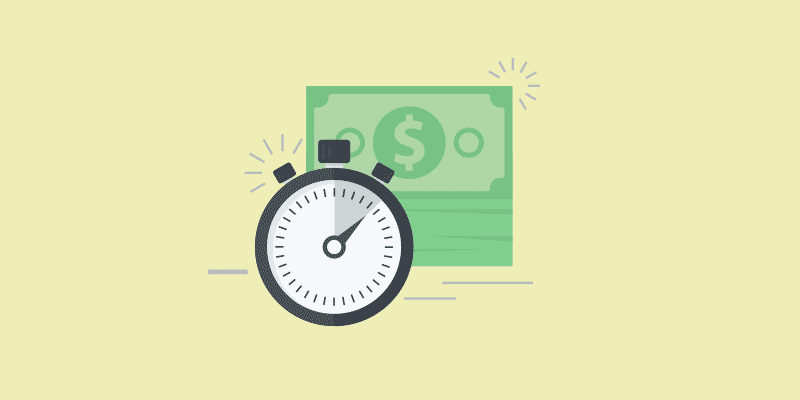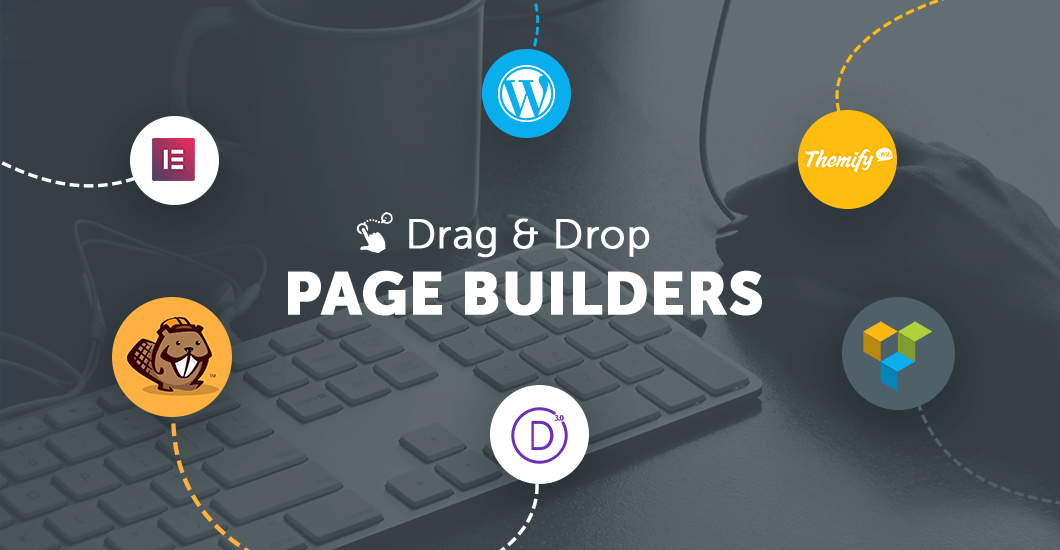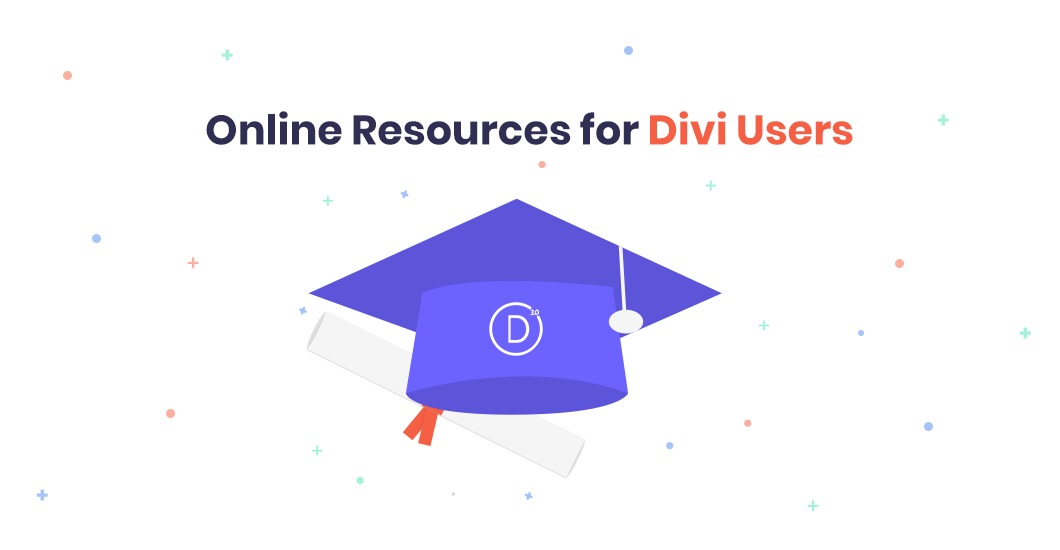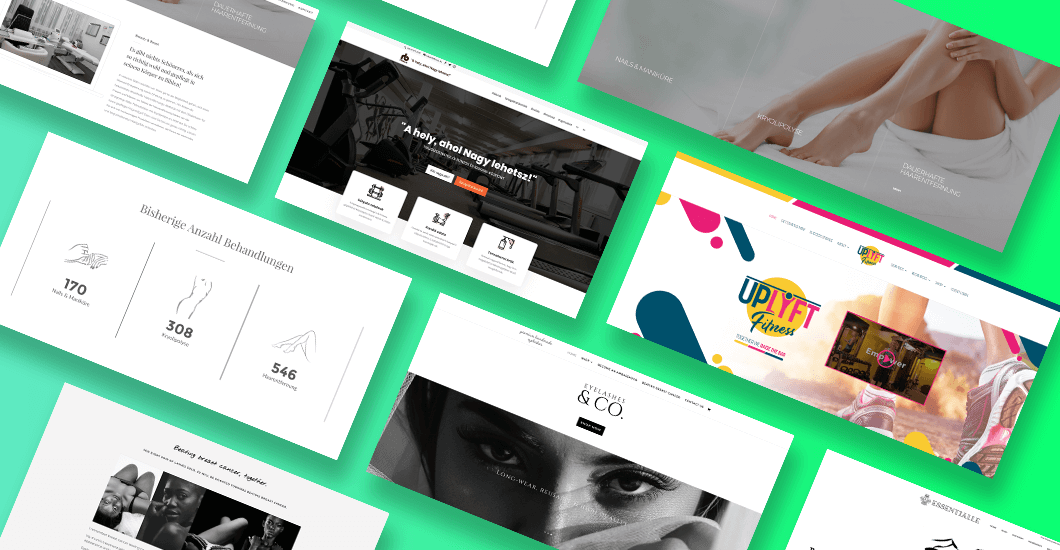5 Ways To Price Your Freelance Web Design Work – With A Bonus!
Yeah, right…
Going out on your own is hard work. One of the biggest upsides of freelancing is being in control of all aspects of your business. The downside of all that control is that you’re now responsible for all the aspects of your business.
Even if you’ve gotten a handle on your business (maybe you’ve outsourced the difficult parts or are a productivity genius), one of the biggest challenges you’ll face is pricing your services.
Whether you’re just starting out or have been in the game for years, getting your price right will always be tricky.
We’ve got five great ways you can price yourself without sabotaging your profits. While we’ve mainly focused on describing pricing strategies for web designers, almost any freelancer can also use our tips.
Once you’ve decided on how to price your services, there is also a bonus section at the end that will give you tools and tactics to help you decide exactly what to charge.These will show you how to learn what the market rate for your services is, what competitors are charging and how to add value to your services.
How to price your work
The two main ways to price yourself are by either offering an hourly rate (time based) or by project type (project based). They are also the most hotly contested types of pricing as both have pros and cons, and there are die-hard fans (and haters) of both types.
We’re not going to pick a side here. We’re simply going to show you the options.
Time based
An hourly rate makes it clear exactly how much you’ll earn for the hours that you’ll be putting in. There isn’t much ambiguity about how much effort you invest in your work. Also, an hourly rate covers you for any time overruns on the project. Projects can and do go over time for a number of reasons, and an hourly rate will cover you should you need to put in more work than was originally required.
Another advantage of working to an hourly rate is weeding out non-serious enquiries. If you’re a busy experienced freelancer who knows how much their time is worth, you can comfortably turn down people who balk at your rate.
Project based
Project based pricing (sometimes called fixed rates) means setting prices for individual projects. For example, you could have one price for a simple business site with six to eight pages built on WordPress using the Divi theme. Then a different price for a blog page. And another for a site featuring e-commerce or Shopify.
Project pricing is great because it puts emphasis on the quality of your work and your ability, not your time. Project pricing also helps define the parameters of the project and means that the final price is agreed to before you start working.
How to choose?
It can be tricky deciding which one you should go with. Hourly pricing is great to start off with and for small jobs where you have a good idea of how long it’ll take. And it’s also good for pricing out cost overruns etc. But an hourly rate can limit you as well. Let’s say you get better and faster at building a certain type of page or working with the Divi theme. Are you supposed to be paid less because you can do the job faster?
Project based pricing is excellent but it is still mainly suited for one project at a time. If you want to offer a multi-project job, then it’s best to offer one of the following three options.
The following can actually still be offered on an hourly rate, they just need to be adjusted to suit.
Packages
Packing is a very useful pricing strategy for web designers. A package lets you combine multiple projects under one umbrella (for example, a website plus ecommerce store). It also lets you offer other features like a product plus a service (site build plus 10 hours of post-project support).
Because packages also let you bundle multiple services together, you can offer your client a discount. This means you get more work and they get more of you for a cheaper price (just not too cheap), if you’re bundling things that you would normally charge separately (for example: banners and page development).
Retainer
Great for ongoing work, a retainer is when a client books out a fixed number of hours per month, for whatever tasks they need. If the work you’re doing goes beyond the hours they have booked you for, then you can apply a higher than normal rate.
Retainers are often used by clients who need a number of of different things done or ongoing support over the long term.
Value package
A spin-off of offering just packages, value packages are for seasoned freelancers who are pros at their work. This method is useful if you want to advise a business on aspects such as strategy and long term planning. Essentially, value packages are when clients buy your expertise and network of contacts.
Value packages really only work when you know either your industry and/or your client very well. You can set prices by looking at the project and the skills that you bring, then the amount of time you’ll save your client.
To set value package rates, you need to know what the standard rates are for the industry. Then look at the project and the skills you bring.
Now that we’ve covered the main ways to structure your pricing as a freelancers, we’ll look at ways to set and work out your actual rates.
Multipliers
Multipliers aren’t necessarily a technical pricing structure, but adding multipliers introduces an element of fun and stress relief to pricing a project. So we just had to include it in here.
A multiplier is an additional price based on your business values which you add to either the final price or hourly rate.
For example, let’s say you’ve been offered a contract with a client that you know will be short on time and long on complaints. You could take your standard rate and multiply it by 1.2 – 1.5 for the added stress.
So, those were the five ways in which you, as a freelancer, can price your services to your clients.
Rate setting tools
Once you’ve decided which pricing method you want to use, you’ll need to figure out the actual rates you’ll be charging. This next section will help. We’ll be going through tools/tips and tactics on figuring out what your rates should be.
Cost-plus pricing
One of the simplest ways to set your rates is to look at all your costs and overheads, then add a percentage markup. Tally up everything from energy overheads to food costs and you’ve got your bare minimum needed to ‘stay alive’. Then add a percentage on top of that to make yourself profitable.
This is easiest to do with hourly rates but can be incorporated into project work as well.
Competitive pricing
Another way is to look at what your competitors are doing. You can either ask them or do some clever sleuthing to find out what they’re charging. This information can be difficult to find but the results are worth it.
A great side effect of learning what your competitors charge is knowing where you fall in the pricing hierarchy. But depending on your own overheads and costs, you could potentially offer more competitive pricing.
Be careful though – don’t sell yourself short. Only cut prices if you have low costs and can turn around work quickly. If you’re providing a higher service with higher costs – then go higher.
Perceived value
If you’ve come from agency work or have been in the industry for a while, then you could have an idea of what your perceived value is. That is, what customers are already expecting to pay for your services. Networking and talking to industry peers is really helpful to figure this out. Knowing what you’re expected to charge not only lets you put up a ‘safe’ agreeable rate, but also lets you experiment with discount and premium pricing.
Tiered pricing
This is a great way to not only bundle your services but also to win clients and potentially upsell more work. With tiered pricing you have a base or introductory price, then add on services on higher pricing tiers. For example you could have a base package with a simple site build, then a second tier would have site + blog. A third tier would have site + blog + e-commerce platform. A fourth would have a site + blog + e-commerce + banners and so on and so on.
They key thing with tiered pricing is that the services should be cheaper together than they would be on their own. If a site was $1000 and a blog was $500, then the second tier of your package could be $1300.
Premium pricing
Lastly we get to premium pricing. Sometimes called the ‘Rolls Royce Experience’, premium pricing is when you pull out all the stops for the client and simply have the best and most luxurious offering around.
Premium pricing takes a lot of effort and you must work to a ridiculously high standard. But if you do it right, you’ll have clients chasing you, not the other way around.
Noel Anthony
Noel Anthony is a copywriter and marketer currently based in Melbourne, Australia. Specialising in the sustainability and automotive markets, he has always held an interest in web and digital technologies and has built websites from scratch, in Wordpress and using Divi. In his downtime he gardens and builds cars.
Get Divi Icons PRO today!
We have a sweet deal for you! You can get the best icon plugin for Divi with a 10% discount! Use the coupon code DIVIICONS10 at checkout!



















Awesome piece of content! As a Freelance Web Designer in Manchester, I’ve checked this post many times and I’ve made quite a lot of changes to the way I charge my clients. It’s all working much better now so thank you so much for all your tips!